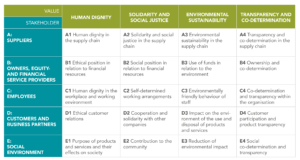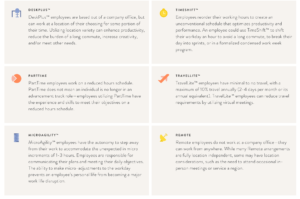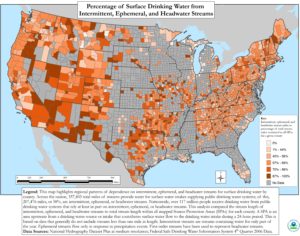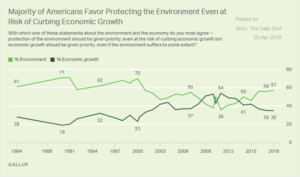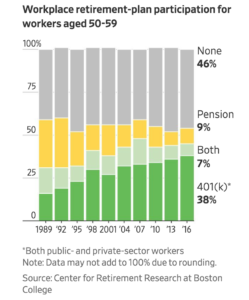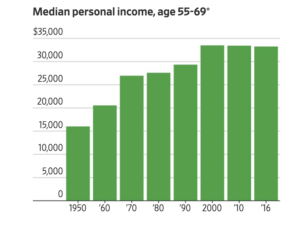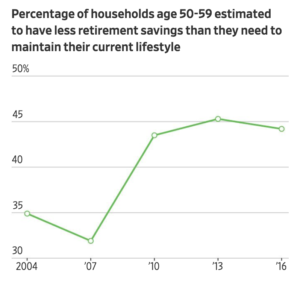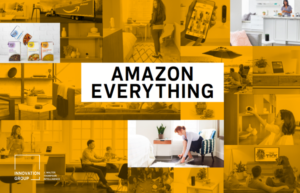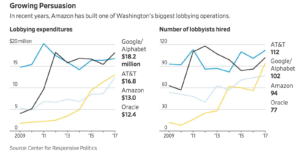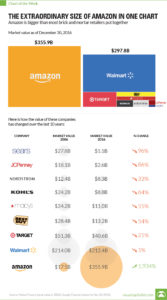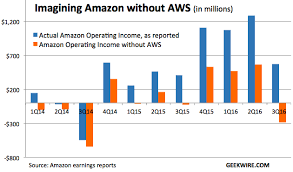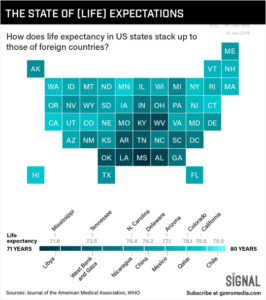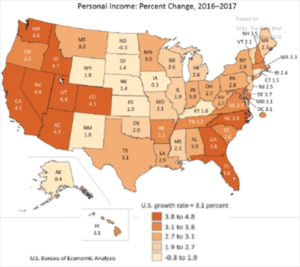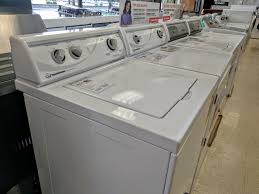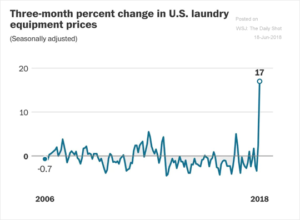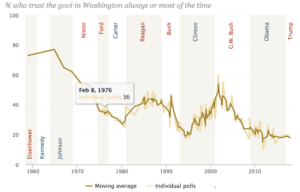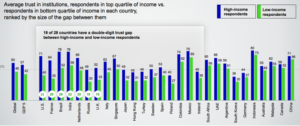(Editor Note: Insight Bytes focus on key economic issues and solutions for all of us, on Thursdays we spotlight in more depth Solutions to issues we have identified. Fridays we focus on how to build the Common Good. Please right click on images to see them larger in a separate tab.)

Photo: gcgi.com
Last Friday, a federal judge struck down a policy shift by the state of Kentucky approved by the GOP Administration to require all Medicaid patients to work, or volunteer to receive benefits. Judge James E. Boasberg of Federal District Court for the District of Columbia, an appointee of President Obama, handed down a ruling that the Trump administration’s approval of the plan had been “arbitrary and capricious” because the plan had not provided for state support of medical insurance for all citizens “ a central objective of Medicaid.”
We noted in our blog on the topic last January:
“The White House announced approval of a work requirement for Medicaid recipients, yet most already work. Why? The Kaiser Family Family found in 2016 that 59 % of Medicaid patients already work:
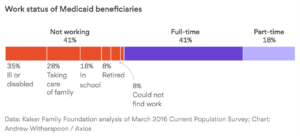
Source: The Kaiser Family Foundation – 2016
So of the 41 % not working who is going to work? The Administration said those that are disabled, ill, in school or caregiving will not be required to work or provide community service. Does that mean that those that are retired will be required to find work? Only 8 % said they could not find work. We view this as the beginning of an effort to cut down the rolls and thus the costs of Medicaid. Instead of being viewed as a welfare program, Medicaid should be viewed as medical insurance. We don’t ask Medicare enrollees to work, and private insurers don’t ask for patients to work.”
We are pleased to see that Judge Boasberg agreed with us that Medicaid should be viewed as medical insurance not a benefit for work program.
The view that if people don’t work they don’t need health insurance is patently false. People need health insurance from the day they are born, whether they are working or not, married or not, being a volunteer or caregiver or not. What happens today is we all pay in increased premiums and health provider pricing for those that do not have insurance when health they use medical services. Often, these uninsured patients are charged an exorbitant price which is not usually what the cost is of he service or test, they patient can’t pay it because they have no insurance, then the hospital writes off the loss. Finally, to recover these unfunded losses the hospital charges more to other patients because the uninsured patient is an overhead cost.
Next Steps
Our recommendation is for a national medical insurance program for all which is inclusive of employer based plans for those that are working. We detailed our plan in our blog – The Free Ride Is Over: Time for Single Payer Insurance. As we noted in our call for a single payer plan:
“The idea of insurance is that we establish a large pool of 360 million people, to spread the costs of the sick along with the well, so that when the well get sick they will have services that don’t cost an unreasonable amount. The health insurers have somehow talked the American public into the idea that they get to cream off the well pool from the sick one (which is more expensive) and then sock it to people that are sick. That is just plan wrong.”


